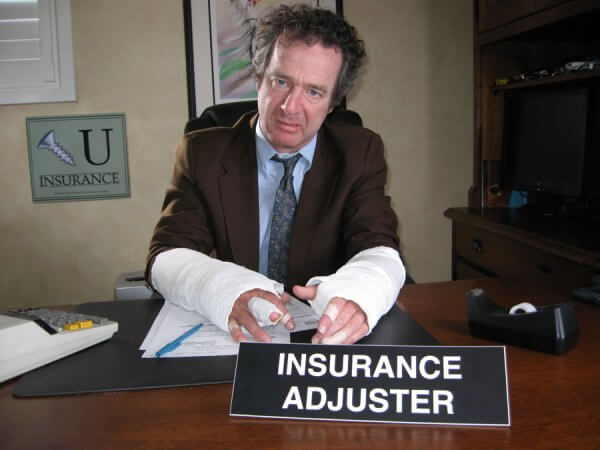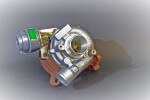When you own a vehicle, you should be prepared to handle any event that comes with its ownership. One of the things that vehicle owners ignore is the insurance claim process since when they are buying the car, no one ever assumes that they will need to make a claim. Believe me, the need for this comes up sooner or later! Do you know why insurers are called “daylight robbers”? No? Well, you should find out. Their intention is to find reason not to pay you but if you are smart, you wont be letting them do that!
Here is the process that you need to follow when making an insurance claim after your vehicle is involved in an accident:
1. Evaluate whether you should file the claim
Don’t panic. Evaluate whether the accident you have been involve in warrants an insurance claim. Remember, the more claims you make, the more of a risk you will appear to insurers and thus pay higher premiums. In many cases, any question about filing a claim is recorded on your insurance record and it is not good for you when there are multiple claims showing. You should look at the accident regardless of whose fault it was, and figure out if you really need to file a claim or if you can settle the issue with the other party without necessarily falling into financial problems. In simple words, if you can pay or the other party offers to pay for the damage, you should not file the claim.
2. Report the Claim
Most insurance companies have a time limit within which the claim should be reported. If you decide to report the claim, then you should do it within the required period. Many people have lost claims by ignoring some of the most important instructions from the insurance company. It is important that you notify the insurance agency immediately. This should be the same for the police. The police and the insurance company will direct you on the next thing to do.
3. Take your vehicle to the garage
In most cases after the police and the insurance agent have looked at the accident scene, the next step will involve you taking the vehicle to a garage for repairs. Some insurance companies will recommend garages to you while other will let you choose.
4. Assessment
The insurance company will send an assessor to look at the damage and give a report on the extent and the estimate cost of the damage. This is just to assist on the payment. After the assessment, it will be required that you submit the completed claim form, police abstract and a copy of your driving license for the repairs to start.
After the completion of repairs, then there will be another assessment of the vehicle. All the excess will be paid off before the vehicle is released. The process is different for cases where the vehicles are written off.
It is of utmost importance that you read all the fine prints of your insurance policy. This will assist a great deal in case you are involved in an accident. You will have an easy time filing the claim and you will not make any mistakes in the process and thus you will get what you deserve.







